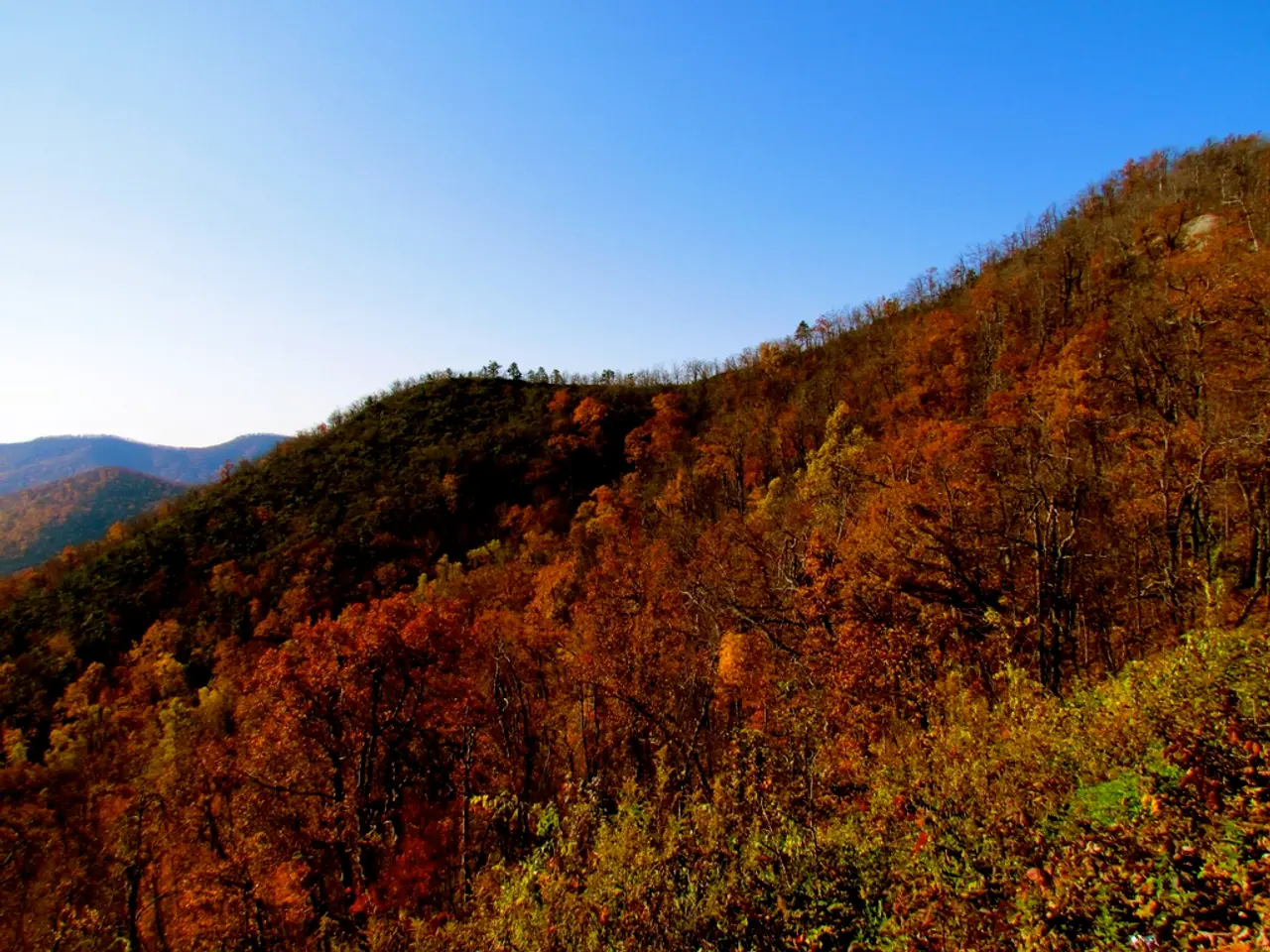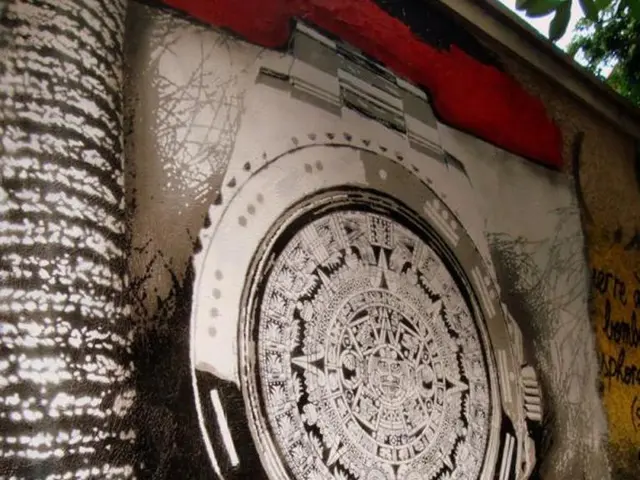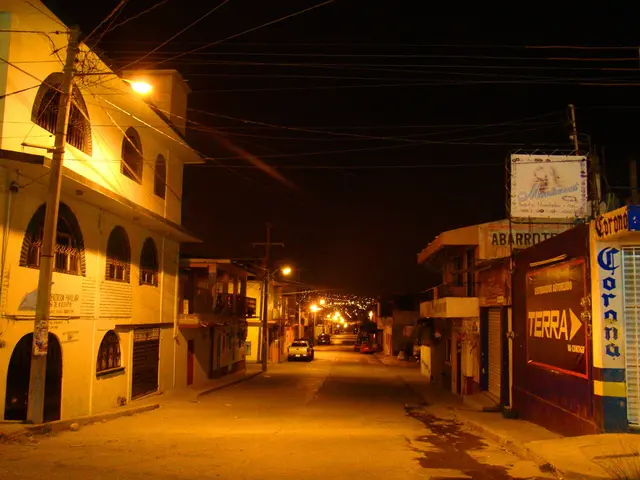California's Coastal Cliffs Recede Faster Than Thought, Study Finds
California has launched a comprehensive study to better understand and predict coastal cliff erosion. The statewide data collection, which began last year, uses advanced LiDAR technology to measure retreat rates of both cliff faces and tops.
The study, covering 866 kilometers (538 miles) of coastline, reveals alarming retreat rates. On average, both cliff faces and tops recede about six centimeters (two inches) annually. However, some areas, like Rancho Palos Verdes and Big Sur, experience rates exceeding five meters (16 feet) per year.
Northern California locations with high retreat rates include Usal Beach, King Range, and Centerville Beach. The study also detected erosional hotspots in central and Southern California. These findings highlight the urgent need for coastal management and protection measures.
The research, conducted by an unnamed California institution, is the first to provide detailed erosion rates for several parts of the state. It uses LiDAR technology to accurately measure changes within the cliff face and at the cliff top. Data from the study is available on the California Coastal Cliff Erosion Viewer website.
The study underscores the significant threat coastal cliffs pose to communities and infrastructure along California's extensive coastline. With retreat rates varying widely across the state, these findings will aid in targeted coastal management and help protect lives and properties.








